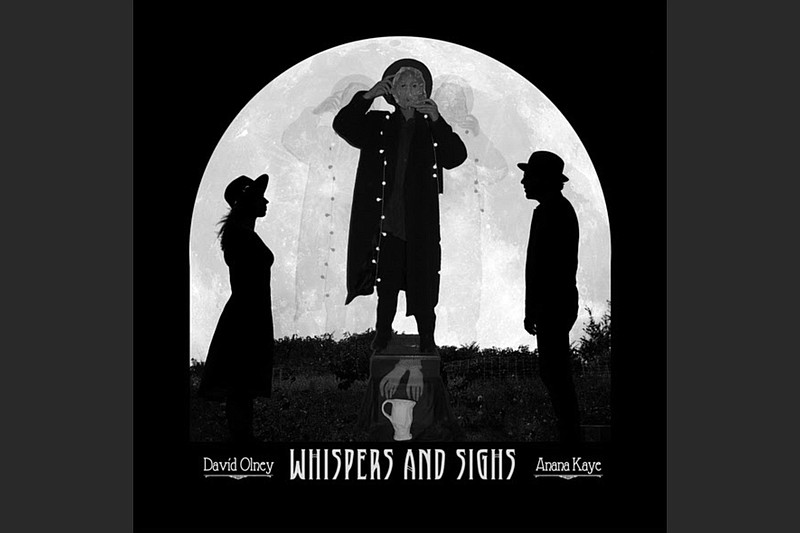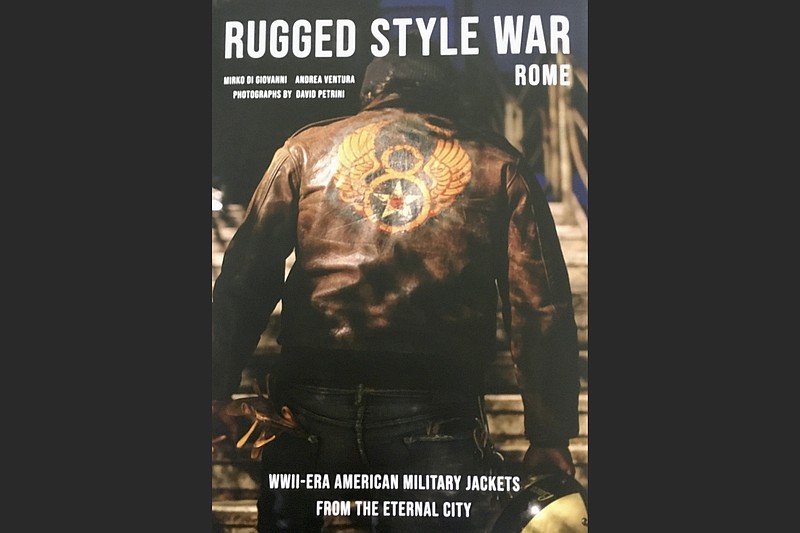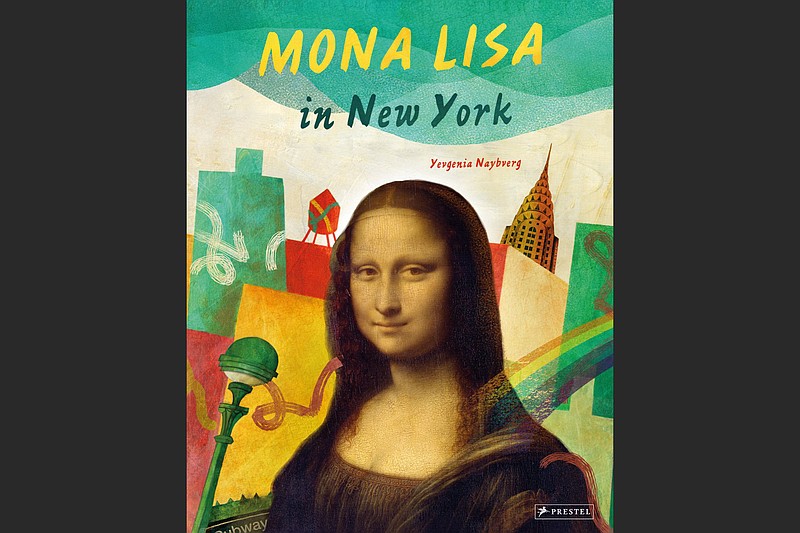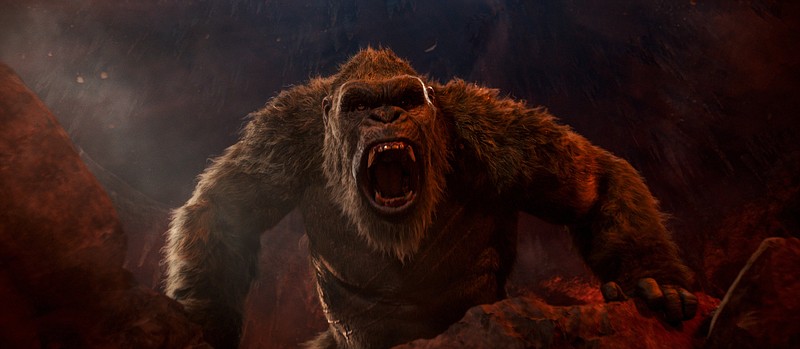The other day I had my first meal in a restaurant in about 13 months.
We bumped elbows in greeting, then the three of us sat around an outdoor table, unmasked, and ate and visited for a little over an hour in the middle of the day.
It didn't feel like anything special. It wasn't weird; it didn't feel strange; and when it was over, we put our masks back on, slipped back through the restaurant and went on with our day. I didn't think about how long it had been since I'd actually eaten out until I got home.
This is what getting back to normal feels like — like nothing special, like routine, like something you can do or not do. I imagine one day soon I'll shake someone's hand again — I did that once in the early days of the pandemic but otherwise abstained. If things go as planned I'll be teaching a class in person in July; another project we had planned for Zoom has been shifted to 2022, so we can do it live, as opposed to virtually.
Greil Marcus, the music and culture critic, has for more than 30 years written a column he calls the "Real Life Rock Top 10." In the column he writes about 10 pop artifacts or events, often making interesting connections between them and putting them in the context of, as Anthony Trollope might say, "how we live now."
I have occasionally borrowed this format (crediting Marcus for the concept) and am doing so again as we — or at least as some of us — begin to emerge from our digitally spun pods and cocoons and begin to experience real life again.
1. "Godzilla vs. Kong" — This is not the sort of movie you would want to watch at home, though the Warner Bros./HBO Max distribution model would seem to encourage that. Would you shell out for a movie ticket if you have always paid to access the film in your living room? Some people apparently would, and it's worth noting that a fair percentage of the movie's encouraging (to Hollywood and theater operators) box office receipts have come from high-end IMAX salons. This is the sort of event that gets people off their sofas and back into cineplexes.
On the other hand, it's a pretty bland movie, especially when you consider the rich potential offered by the titular kaiju. It's 40 minutes of pre-fight, followed by three fights, all of which are spectacularly rendered, bloodless and numbing. It might have been better as the courtroom drama the title seems to suggest, with the great lizard taking the big ape to court over some real or imagined tort. (John Deering expressed that idea in a recent "Strange Brew" cartoon.)
Failing that, better to fall down the rabbit hole of the pseudoscientific Hollow Earth mythology, which is touched on in the film, mostly via the character of earnest scientist Dr. Nathan Lind (Alexander Skarsgard, playing against type).
While the Hollow Earth concept has been discredited for nearly as long as the Flat Earth idea has (which is to say you can always find someone to believe anything) it has at least produced interesting real-life adventures, such as the 18th-century Schiehallion experiment, which in the minds of many rational people effectively disproved the Hollow Earth theory (and might, by some adept writer, be adapted into a decent art house period adventure film along the lines of James Gray's "The Lost City of Z").
As for made-up stories, Jules Vernes' "Journey to the Center of the Earth" (1864) is the best-known work that incorporates Hollow Earth mythology; you can find references to the supposedly Hollow Earth in the folklore of indigenous people around the world and in Shakespeare when in Act 3, Scene 2 of "A Midsummer's Night Dream," Hermia seems to refer to the dubiousness of the theory when she says: I'll believe as soon/This whole earth may be bored and that the moon/May through the centre creep and so displease/Her brother's noontide with Antipodes.
The movie also gives short shrift to crackpot podcasters, though in fairness it seems to care little about any of its human characters. It's a delivery system for nuclear-empowered prehistoric-sea-monster-on-monkey violence. Which is apparently what we want.

2. "Whispers and Sighs," David Olney and Anana Kaye (Schoolkids Records) — Covid didn't seem quite real to some people until it claimed the life of national treasure John Prine in April 2020. Less noticed but no less staggering to some of us was the death of David Olney onstage at the 30A Songwriters Festival in Florida in January 2020.
He stopped mid-song, apologized to the audience and closed his eyes. He was 71 years old.
"He never dropped his guitar or fell off his stool," Scott Miller, a singer-songwriter who was accompanying Olney during the set, told The New York Times. "It was as easy and gentle as he was. We got him down and tried our best to revive him until the EMTs arrived."
Olney was one of those cult artists commonly described as a "songwriter's songwriter," and before dying on stage he might have been most famous for having Townes Van Zandt cite him as one of his favorite songwriters, along with "Mozart, Lightnin' Hopkins and Bob Dylan." (In the 1970s, when Van Zandt and Olney were on tour together, driving around in Van Zandt's car, they stopped in Little Rock, where Van Zandt bought Olney a $5 sports coat for no particular reason. Olney was touched.)
He had a round, unfussy baritone and a startling literary gift that also found expression in the sonnets he wrote and performed at Shakespearean festivals.
When he died he was in the midst of mixing this album, a project he did with Kaye, a singer-songwriter from the country of Georgia who moved to Nashville a couple of years ago. While it likely wasn't envisioned as a final album, the songs — about the transience of love and life and seeming set in the 19th century — fit the occasion. Kaye's alto feels airy, foreign and mysterious; Olney sounds as he always has and, so long as ones and zeros may be preserved, in memory always will.
3. Opening Day at Dickey-Stephens Park — Is there anything so lonely as an empty minor league ballpark? Every day or so, we walk past Dickey-Stephens Park in North Little Rock. I sometimes imagine an Edward Hopper-esque figure sitting in the stands by the first base line.
The other day we saw a tractor dragging the infield, a sight both hopeful and poignant. For at least, all human plans are liable to be met with a little skepticism — we've seen how things can change.
But the sinkholes have been vanquished and the outfield looks green and, glimpsed from beyond the outfield fence, billiard-table flat. The infield dirt looks red and silty, fine as talc. We have kept so much in abeyance these past months. We need a little baseball, right this very minute.
It doesn't feel like it was that long ago when, on days there wasn't a game, we'd let our dogs run in the fenced area at the northeast corner of the property just outside the ballpark proper. But even before the pandemic hit they locked those gates and built the fence higher. We thought that once the improvements were made they might unlock those gates, but they haven't.
Another thing they did was lower the fence that separates the dog park area — that's what it is on the nights they allow dogs into the games — from the actual ball park, and if you unlock the gates it would be no problem for a healthy person to vault the fence and commit whatever mischief in the park itself. Besides, there are probably insurance concerns.
But when it functioned as a neighborhood dog park, it seemed to be well policed. People used the poop bags that the park provided. But then, they raised the fence to that area and started locking the gates even when there wasn't an Arkansas Travelers game being played (and there hasn't been a Travelers game since 2019). So now we walk around the perimeter of the lonely ballpark, wondering how we'll feel when the gates open and the modest crowds return.
Which, according to the schedule the Travelers released in February, will be May 4, when they will open their season against the Northwest Arkansas Naturals (aka the "Growlin' Chickens").
It will be good to have our neighbor back.
4. "There's No Such Thing as an Easy Job," by Kikuko Tsumura (Bloomsbury, $18) — Even though this book was published in Japan in 2016, long before we had any notion of covid-19, it seems a work suited for our current moment, for this state of feeling simultaneously burnt-out, fragile and bored to tears.
It follows the yearlong sojourn of an unnamed young woman who, exhausted from the pressure of her previous employment, seeks jobs that are as inconsequential and undemanding as they are apparently unrewarding. She seeks jobs "on the borderline between a job and not."
But she's conscientious and not entirely antisocial, and as she moves from job to job (mostly three-month contracts; you develop a sense of how different Japanese society is from ours) she manages to make connections, gain perspective and build some equity in herself. It's a strange book that put me in mind of Melville's story "Bartleby, the Scrivener," in which the title character prefers not to take on any responsibility and eventually negates himself. Tsumura's protagonist, however, finds something restorative in her sojourn among the menial; there's a life force that keeps her from sliding into complete passivity.
As with Haruki Murakami's work, the story is expressed with a deadpan simplicity, forcing a contrast with some of the high philosophy that's so matter-of-factly engaged. Elements of magical realism flicker on the periphery. Nothing is quite as simple or routine as we expect.

5. "Rugged Style War Rome: WWII-Era American Military Jackets from the Eternal City," by Mirko Di Giovanni and Andrea Ventura, with photographs by David Petrini (Schiffer, $50) — This is a 302-page photo book of (mostly) U.S. military jackets of World War II vintage that are still being worn in and around Rome. It's a fashion book mostly, but there are also a few drawings as well as some vintage magazine and book covers, and a brief introduction that explains there was a war and that the soldiers who prosecuted it had cool jackets. (This introduction is also printed in Japanese, which makes an excellent typographical element.)
It is a beautiful book, and the jackets — most of which belong to the personal collections of the authors — are cool, with their "softened camouflage, sun-faded stencils, and well-worn insignia patches." It's like one of those cool mail-order catalogs some of us remember from the late 1980s and early '90s sitting on a large coffee table, only (thankfully) there are no prices and no places to send your money order to buy one — which you could probably not afford anyway if they were for sale, which they are not. To get one of these jackets you probably have to be Steve McQueen — I mean Steve McQueen the Dead Icon, not Steve McQueen the living film director. No rum-dums get these jackets.
Also included in "Rugged Style War Rome" are chambray shirts and duffle bags and a section where 30 Italian guys model their WWII-era military jackets. The most pandemic thing I did these past 13 months was to get lost in this book full of jackets I can never possess.

6. "Mona Lisa in New York," by Yevgenia Nayberg (Prestel Junior, $14.95) — I'm not fond of the "young adult" genre; a lot of these books are more marketing endeavors than genuine attempts to engage the post-adolescent imagination. Besides, they usually have wizards and/or dystopia societies mixed in with their existential angst and PG-13 flapdoodlery. Twixt the ages of 9 and 14, there's probably a moment in almost every reader's life where a decent YA novel fits ("stay gold, Ponyboy"), but it's only a moment. The rest of the time they're as irritating as your younger sister's favorite band.
On the other hand, a good children's picture book is worthwhile. And Nayberg, a Ukraine-born painter, illustrator and stage designer who lives in New York, has done a fantastic job with this story about how the famous Mona Lisa (characterized as a world-weary, seen-it-all sophisticate with a snobbish streak) travels to New York on tour and becomes so entranced with the city that she considers never returning to the Louvre.
Shortly after arriving in the city, Mona slides out of her frame to take a look around. She runs into a street artist named Tag (a bit of graffiti who has slipped off a wall), who shows her the sights and disabuses her of some of her continental notions about the divide between high and low art. They listen to jazz in Harlem, eat pizza in the Bronx, visit the High Line and Brighton Beach. At 32 pages, It's a quick bedtime read, and Nayberg's illustrations are museum quality.
7. "Diana Al-Hadid: Ash in the Trade Winds" and
8. "Sarah Cain: In Nature," The Momentary, Bentonville — We have made three trips during the pandemic; one was a a quick visit to family, two have been to Bentonville: to Crystal Bridges Museum of American Art and its satellite space, the Momentary.
Our most recent visit in March yielded several columns — one on the "Crafting America" exhibition at Crystal Bridges that's running through May 31 and another of Derrick James' "Sanctuary," a Momentary exhibit inspired by the annual "Negro Motorist Green Book" that was published to serve Black travelers from 1936 to 1967. ("Sanctuary" continues through June 6.)
These next two Momentary exhibits featuring the work of relatively young contemporary artists are also road-trip-worthy, which means that until May 30, when the Cain exhibit closes (the Al-Hadid show continues until June 13), you can catch all four of these shows with one visit, and spend some time walking the trails that connect these temples to the town.
9. Sundance Now and
10. Acorn TV — Anyone who thinks cord-cutting can be an economy move might not appreciate the wealth of content that we've discovered over the past covid-stifled year. After all, you're not likely to exhaust the content offered by Netflix or Amazon Prime any time soon.
But we have found ourselves turning more and more to the subtitled offerings on Sundance Now — not to be confused with Sundance TV or the Sundance Film Festival (the largest independent film festival in the U.S.). Sundance Now runs toward international (specifically European) psychological thrillers and dramas like the Swedish series "The Restaurant," the French series "The Returned" and the wildly inappropriate lifestyle porn series "Riviera."
We also sometimes have to turn the subtitles on the Sundance Now's anglophile sister station Acorn TV, which we got a couple of years ago in order to watch "The Detectorists." Sometimes the accents are a little difficult to understand, but it's home to some of the best grown-up programming around, including Northern Irish miniseries "Bloodlands;" "No Offence," a police dramedy about detectives working in Manchester, England, by the creator of "Shameless" (which began life as a BBC comedy before being Americanized by Showtime) and the remarkable Canadian police drama "19-2," which might be the most realistic series about patrol cops ever.
Email: pmartin@adgnewsroom.com | blooddirtangels.com
